On Sunday, January 31, 2021, from 6 am to 6 pm 2 pm, USMAI systems will experience downtime due to a system upgrade.
During this time there will be no access to the St. Mary’s Catalog or the USMAI Catalog, and there will be no off-campus access to any of our databases or e-journals.
We apologize for the inconvenience!








